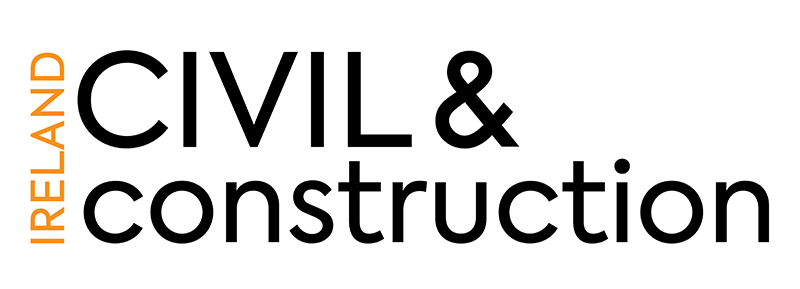
It is particularly acute in the areas of skilled workers. Construction companies are in competition with one another to attract a limited pool of skilled staff. A com- petitive salary and career prospects play a part in staff
attraction and retention, but it is not always the deciding factor for employees. A broader benefits package can sway a prospective employee, which might include heal- th, life and sickness cover and pension provision. These individuals are looking towards their future and want to ensure they are covered for all eventualities. The desire for a pension contribution along with other benefits may appear during the interview process, in addition to the usual salary negotiations.
Why are pensions such a hot topic?
The pensions issue has been raised as an impending problem for decades. More recently, in early 2020, be- fore the Covid-19 pandemic changed our lives beyond anything we could have ever imagined (or feared) and Britain left the EU, Ireland went to the polls to elect a government. While the most hotly contested topics were health and housing, political parties (and media pundits) were surprised to learn that it was in fact pensions that came in as number three on the list of concerns for vo- ters, ahead of Brexit.
While we can’t say for certain what was on the minds of those who went to the polls that day, it is interesting to note that 62% of those who voted were between the ages of 18 – 24. Perhaps it was a higher priority for the more mature voter, but pensions were certainly on the voter agenda. There is a real possibility we will not be able to rely on the State Pension in the future due to an aging popula- tion among other elements. This is where the ‘Second Pillar’ or occupational pension is vital and can be used as a benefit to attract skilled employees at a time when these are a scare resource. As an employer, you can help your employees prepare for retirement and develop this as an incentive to attract and retain employees.
What is included in a benefits package?
Along with salary, an occupational pension scheme can be provided as an option, into which an employer and employee makes a pension contribution. Schemes can be designed to provide similar contributions for all staff, or to reward experienced staff. One scheme does not necessarily have to have the same rates for all employees and can be customised to the needs of the company. More often than not, there will be life insurance, also known as death benefit or death in service. This pays out a lump sum to the dependants of an employee on their death while an employee of the company. Once again, there are varying levels of cover and you can arrange different levels of cover, for different categories of staff. It might also be worth noting that many employees now seek health insurance. There are new types of corporate cover popping up all the time. These provide tradition health insurance blended with employee assistance pro- grammes and employee wellness programmes.
There is another benefit often worthy of consideration referred to as income protection. This is particularly important should you find yourself unable to work due to illness or injury during your career. This is not in place to cover your medical bills (that’s for your health insurance), but your ordinary living expenses. Your mortgage, utility, and other important payments. Income protection pro- vides real peace of mind for employees. Furthermore, it is about 60% cheaper for an employer to provide this benefit under an employer sponsored arrangement than for an employee to buy an individual policy directly from and insurance company.
A fit-for-Purpose Package
Having a benefits package in place is a good starting point, but is it fit for purpose? Does it suit the demo- graphic of your workforce? A single 25 year old might be less interested in life assurance than a 40 year old with a young family. However, the idea of an income protection policy might peak their interest. Simply put, income pro- tection is a policy insuring a portion of your income, so you are covered in the event of a loss of earnings due to illness or injury. It can pay out until you recover or you retire.
Once an employee joins your company, it can be a chal- lenge to highlight the benefits of pension and cover, but it is important to remind employee about excellent be- nefits package they receive through their employment with your company. This is an educational piece that CPAS is more than capable of assisting with for onsite and virtual employees.
When it comes to cover and pensions, our team of con- sultants and financial advisers are on hand to help. We can help you and your team navigate through the multi- ple options available and highlight the existing benefits to saving for retirement – such as tax breaks.
Tax breaks are available to employees making pension contributions (e.g. Additional Voluntary Contributions), but they are also available for companies. Employer con- tributions receive corporation tax relief as they are offset against profits before tax. Furthermore, the costs asso- ciated with setting up a pension scheme can be onerous for even the largest of organisations but joining a Master Trust such as CERS and CWPS (administered by CPAS) removes both the high costs and complications.
CPAS – The Pension Provider for the Construction Sector
CPAS is the central point of contact for employers of- fering pensions, life cover, income protection and other benefits to all those employed in the construction and related sectors, from company directors, office staff, on-site workers and self-employed individuals. Our team of consultants are available for no obligation, virtual calls to help you navigate the benefits outlined above.
For more information, please get in touch with our team of consultants who can provide more informa- tion (info@cpas.ie).
